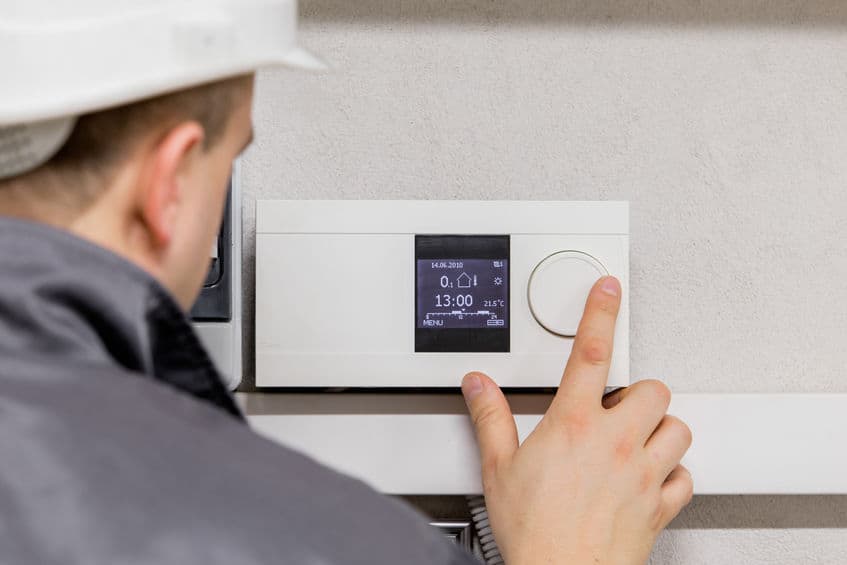
5 Common Reasons Why Your HVAC’s Heater Isn’t Working
Trying to take on the winter comfortably from the confines of your home requires a trusty heater that runs without fail. Unfortunately, when you expect it least, you may end up dealing with a system with an AC unit that ran perfectly during the summer season but a heating system that just isn’t working the way it’s supposed to. When dealing with the harsh lower temperatures of the winter season, you certainly don’t want to encounter a problem with your central heating system. Feeling freezing cold all the time is sure to take a toll on your daily life!
Although calling your local expert might seem like the best thing to do when your heater fails, there is a chance that your call will never get picked up because everyone is on holiday leave. It’s just you, your broken heater, and extremely-cold air. In spite of the fact that things might seem hopeless and there’s no technician on call, there’s actually a way to troubleshoot your heater’s problems on your own.
Common central heating system issues and how you can fix them
To determine the reason why your heater isn’t working the way it’s supposed to on your own, here are a few common causes and signs to watch out when dealing with a faulty central heating system, and how you can fix each one of them:
1. There’s no energy
As simple as it might sound, one of the main causes of faulty central heating systems is the absence of energy or a power source. If you’ve been trying to turn your central heating on and nothing has been happening, then it’s probably a clear sign that your system isn’t receiving the right amount of power (or any power) at all. You can solve this problem by turning the power breaker and your gas valve off and on again. If the aforementioned solution doesn’t work, you may want to look at a possible circuit breaker problem or faulty wiring issue.
2. Your system might have a leak
When your heater is moving the right amount of air but failing to transport it to every part of your home, it’s a clear sign that your central heating system’s ductwork has one or more leaks. Whenever there’s a leak in your ductwork, air usually escapes through the seams and tears before it even reaches the vents in different rooms, explaining why the heated air isn’t getting to where it’s supposed to. A temporary fix with duct tape might help with closing up holes, but that’s only if you’re willing to deal with possible additional maintenance costs once your HVAC professional wakes up from winter hibernation.
3. The thermostat isn’t working
If your furnace isn’t acting the way it’s supposed to by turning on and off intermittently or heating the rooms in your home unevenly, then chances are that your thermostat is acting up. As an immensely-sensitive piece of technology in your HVAC system, certain disturbances such as high temperatures, close proximity to a draft, or excessive sunlight can cause it to exhibit slight malfunctions. In order to avoid this issue, you’ll want to keep your thermostat away from any elements, at a level height, and away from any kind of possible damage.
4. The ducts are clogged
Having the air flow through your home’s ducts in an uneven manner with some parts receiving air and others barely having any is a clear sign of clogged ducts. Over time, dust can build up in the ducts of your home and can be aggravated by cold months due to poor ventilation. In order to avoid having this problem come up at the worst possible time, you should clean your vents regularly to prevent dust from building up in order to keep effectiveness at an all-time high and reduce any possible fire hazards.
5. The filters are dirty
On the topic of filters, another cause for compromised indoor quality and uneven air flow is having dirty filters in your HVAC system. Aside from restricting the flow of your air and ultimately blocking it, dirty filters can also cause bacteria, pollutants, and allergens to flow through your home’s inner atmosphere. This problem is usually caused by pets, dust, and pollen, and can be solved easily by simply cleaning your filters and making sure they’re dirt-free.











